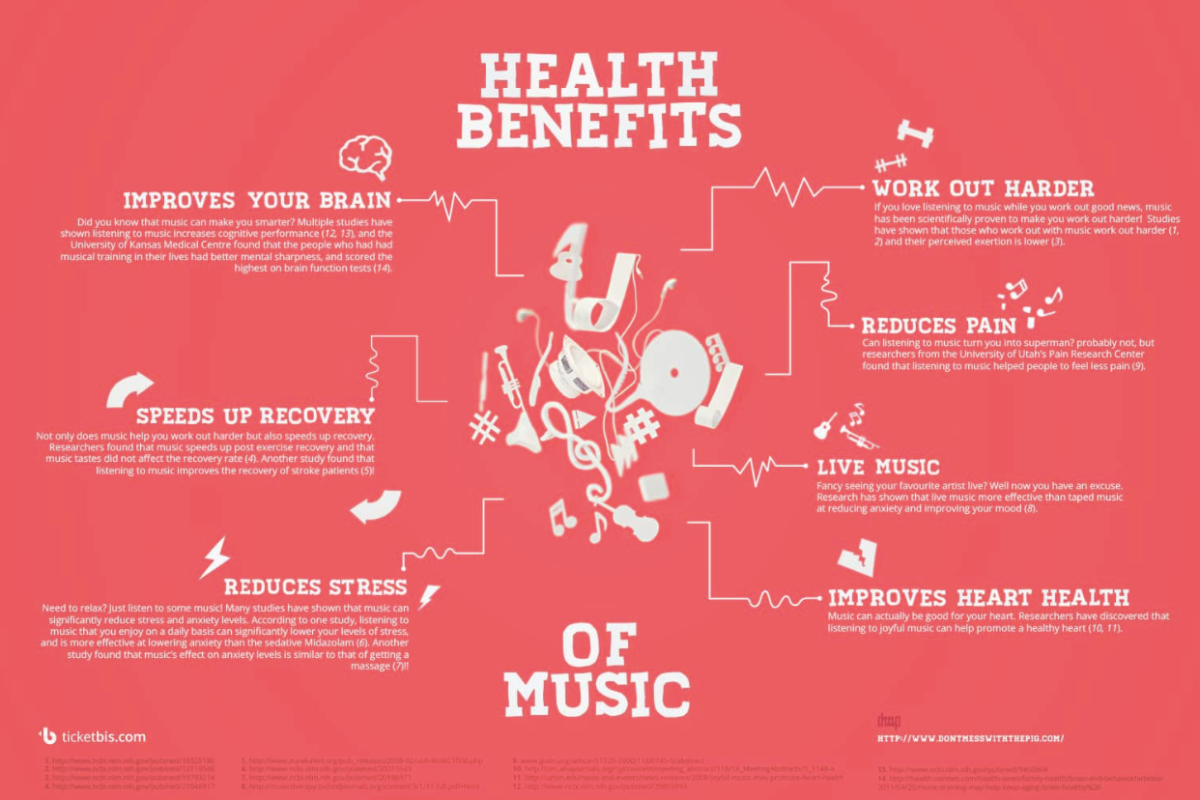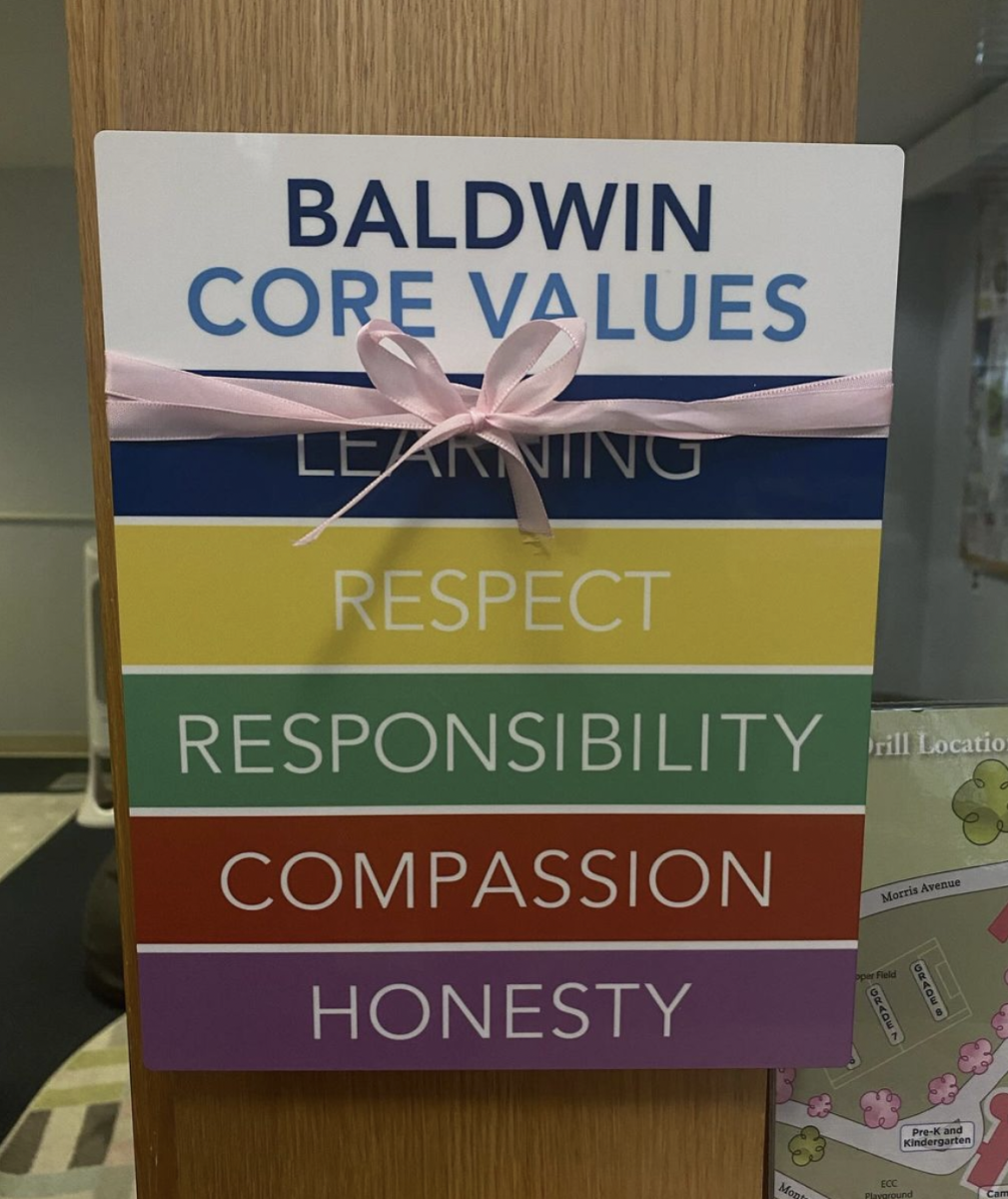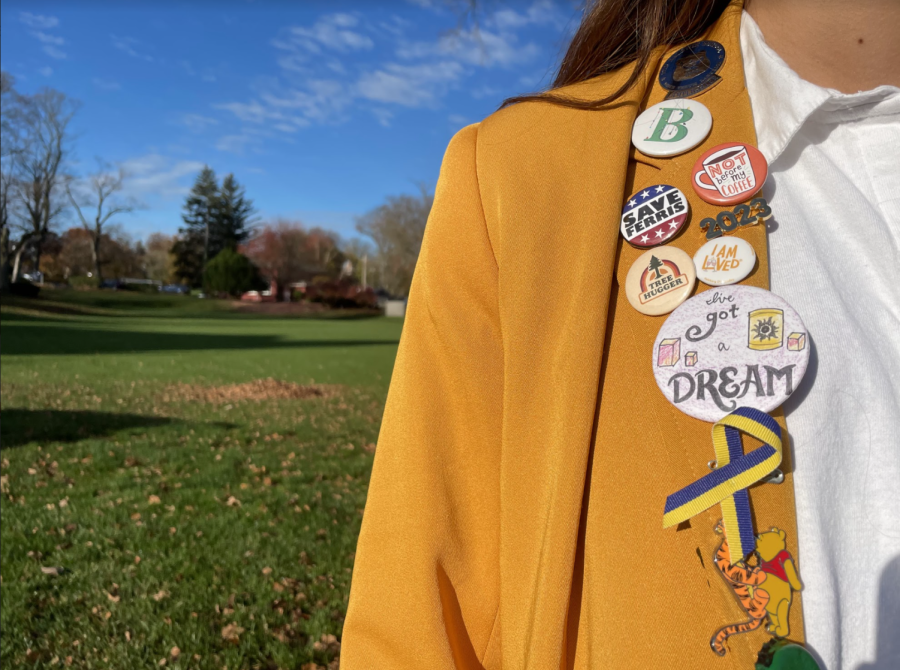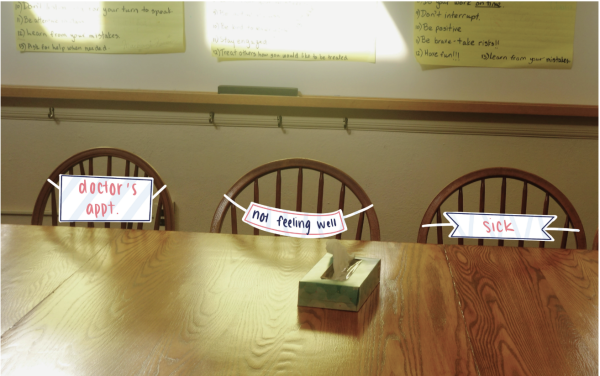The American Media’s Disproportionate Coverage of Global Conflicts
Why do some conflicts receive so much media attention and others so little?
One of the Class of 2023 Blazers.
“Congress has sent so much money to Ukraine, the same should be done for the people who are feeling the brunt of this war in Ethiopia,” said Aida Haile ‘23, who has spearheaded advocacy efforts for victims of the war in Tigray, where her family is from.
The Tigray-Ethiopia conflict formally began on November 3, 2020 as a civil war between Ethiopia and a region within it, Tigray, after the Tigray State Council held an election for a new Prime Minister. The war, which was recently halted by a ceasefire on November 2, has spanned two years, resulted in half a million deaths, and received little to no coverage on American platforms.
So why do so few Americans know about this globally significant conflict?
America has always been more captivated by its European neighbors than its African and Asian ones. Noam Chomsky explains the reason behind this phenomenon well in his 1988 work of media criticism, Manufacturing Consent. He explains that the mass media divides the world into “worthy” and “unworthy” victims for propagandistic purposes, a label that is assigned based on whether the aggressor in the conflict is an enemy or ally of the United States. Chomsky notes, “While the coverage of the ‘worthy victim’ [is] generous with gory details and quoted expressions of outrage and demands for justice, the coverage of the ‘unworthy victims’ [is] low-keyed, designed to keep the lid on emotions.”
This disparity in coverage between the “worthy” and “unworthy” victims is exemplified by the immense global spotlight that the ongoing Russia-Ukraine conflict has received. We as American people are enthralled by this conflict. In addition to the fact that Russia is a major political rival of the U.S., White America has always been captivated by its White European neighbors and extensively addressed their conflicts in American media.
From a local perspective, for example, Baldwin Service League sent an email to Upper and Middle School students hosting a humanitarian drive by the end of March 2022.
American social media and brands were quick to emphasize their alliance with Ukrainians. Grammarly, for example, changed its icon to the colors of Ukraine’s flag. Many users on social media platforms such as Twitter and TikTok made similar changes to their profile pictures, and the internet was soon flooded with posts declaring: “Support Ukraine.”
News platforms such as The New York Times and its podcast The Daily have had the Ukraine-Russia conflict as their running theme for the past few months. According to Axios, 520k articles were published about the conflict during the first week after Russia’s invasion, and even three months later, the conflict was still averaging 70k online articles a week. Day after day, a new podcast or article relating to the war makes headlines across the world.
This sharply contrasts the lack of both media attention and support for the Tigray conflict. To put it into Chomsky’s terms: Ethiopia is a strategic ally of the U.S., and as a result, coverage of the conflict in Tigray has been limited. The media has deemed its victims “unworthy.”
However, just because some conflicts are less covered by the mainstream media doesn’t mean there aren’t credible sources to educate yourself on these conflicts. News platforms like Democracy Now!, Fairness and Accuracy In Reporting (FAIR), and Media Matters for America are among the best places to widen your feed to global catastrophes, as well as independent journalists reporting from the ground in warzones like Tigray.
No matter where it unfolds, violence must be condemned, and its victims aided and their voices amplified. But that is the critical issue– currently, this support is not dispensed equally. Some parts of the world receive our attention and assistance, while others are pushed aside. The devastation of these conflicts shouldn’t be compared, but the way we go about sharing them should be. Coverage can have real-world effects; critical media coverage can put pressure on political leaders to take action.
Haile said, “It seems as though no one is listening and it’s frustrating. These are innocent people that deserve screen time too, regardless of their background. It’s important to go the extra mile and just listen.”
































